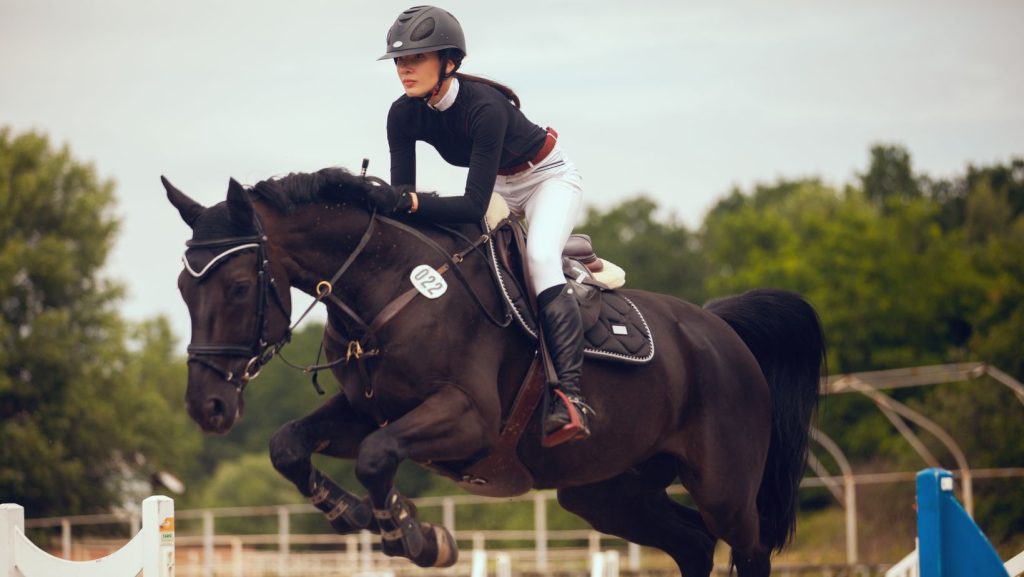
Horse racing is truly a spectacular sport. A sport that still has quite a big impact on culture, tradition, and even architecture.
Just look at some of the most popular equestrian facilities. Most of them have a more than 100-year-old history, and it is carefully embedded into their architecture even though they were reconstructed and renovated multiple times.
It is safe to say that equestrian facilities add another layer of excitement and drama, especially at horse racing events. Nowadays, as horse racing grows in popularity in different areas across the world, we can see some updates in terms of the architecture of equestrian facilities.
Most of them stick to their original roots and try to go with classic and gothic architecture, while others like the Meydan Racecourse in Dubai, which was built in 2010 have a more modern approach in terms of its architecture.
Fusion of Tradition and Modernity
Most of the equestrian facilities that have a long history try to blend traditional elements and modern innovations. For example, Churchill Downs features a blend of different architectural styles. We have the iconic grandstand that, from some angles, features a classic style, but if you look closer, it is quite modern.
The façade of Churchill Downs features classic elements such as columns and arches, reminiscent of traditional architecture, while its interior spaces have modern amenities and are packed with technological features.
Therefore, we can safely say that even equestrian facilities with a longer history are trying to adapt to modern times, but they also appreciate their history and tradition.
Most Popular Equestrian Centers Architecture
There are many different styles when it comes to equestrian centers, and most of them are a blend of classic, gothic, and even modern architecture.
Here are some of the most popular elements we can see at Equestrian Facilities.
Classical Architecture
When we talk about classical architecture we usually think of Greek and Roman designs. Most of the tracks that have a long history (more than 100 years old) feature some Greek and Roman elements embedded into their architecture.
Gothic Architecture
This architectural style was most popular during the medical period, and it is characterized by pointed arches and soaring spires. Kind of like the iconic Twin Spires on Churchill Downs.
There are some equestrian centers that still have that Gothic-styled architecture.
Renaissance
This was the era when the Renaissance marked the revival of classical ideas. The Renaissance-style architecture features harmonious proportions, domes, and symmetrical facades.
It is also quite a popular architectural style that can often be seen in equine facilities.
Modern
New racecourses that are built go for modern architectural designs. Even racecourses like Belmont Park, which is a racetrack with a long history and industrial-styled Grandstand, are now getting a modern look with a recent multi-million dollar renovation project.
The Blend
Horse racing as a sport evolved over the years and now it represents a blend of classical and modern times. Why? Well, horse racing is a sport that is carefully tied to tradition. After all, it is one of their best brand-building strategies.
So, organizers want to stick to their old roots, but still keep an eye on modern trends that will make the sport even more exciting. I think this blend of classic and modern architecture is the best thing for the sport.
After all, I want to look at the iconic building with unique classical architecture, but I don’t want to wait in line to place a bet. I can browse the expert horse racing picks for today and make a bet from my mobile. This blend is seen also in the architecture of equestrian facilities.
Prioritizing Sustainability
Sustainability is a key consideration in architectural design in the modern, environmentally sensitive world.
Green elements like rainwater collection systems, solar panels for energy efficiency, and green roofs that encourage natural insulation are becoming increasingly common in equestrian facilities. In the long term, these sustainable techniques help to save costs while also lessening their influence on the environment.
Including Smart Technology
Convenience, safety, and efficiency have all been improved in equestrian settings because of the development of smart technology.
Technology is now a vital component of many contemporary equestrian facilities, from sophisticated sensors tracking a horse’s health and behavior to automated feeding systems that administer exact quantities.
Imagine a smooth and safe atmosphere in a barn where doors open automatically in response to the movements of the horses.
Wellness-Centric Design
The well-being of both horses and riders is paramount in contemporary equestrian architecture. Designers are prioritizing wellness-centric features such as spacious stalls with ample natural light and ventilation, ergonomic flooring for hoof health, and dedicated areas for equine therapy and rehabilitation.
These design elements promote the physical and mental wellness of horses, ensuring they thrive in their living spaces.
Versatility and Multi Functionality
Flexibility is key in today’s equestrian facilities, catering to diverse needs and activities. Spaces are designed with versatility in mind, offering arenas that can be easily transformed for various disciplines, from dressage to jumping.
Multi-functional areas serve dual purposes, such as combining tack rooms with lounges for riders and optimizing space without compromising functionality.
Inclusivity and Accessibility
Equestrian architecture embraces inclusivity and accessibility and welcomes riders of all ages and abilities.
Facilities are designed with ramps, wide doorways, and accessible amenities to accommodate individuals with disabilities, ensuring everyone can enjoy the beauty of horse riding. This inclusive approach fosters a sense of community and diversity within equestrian spaces.














